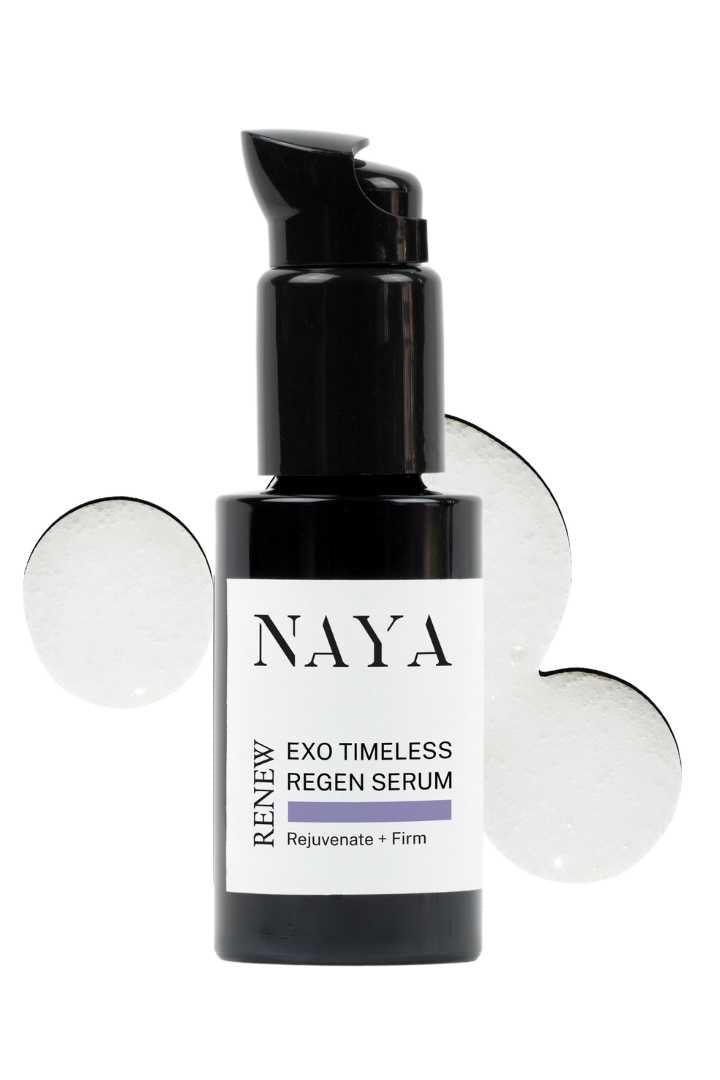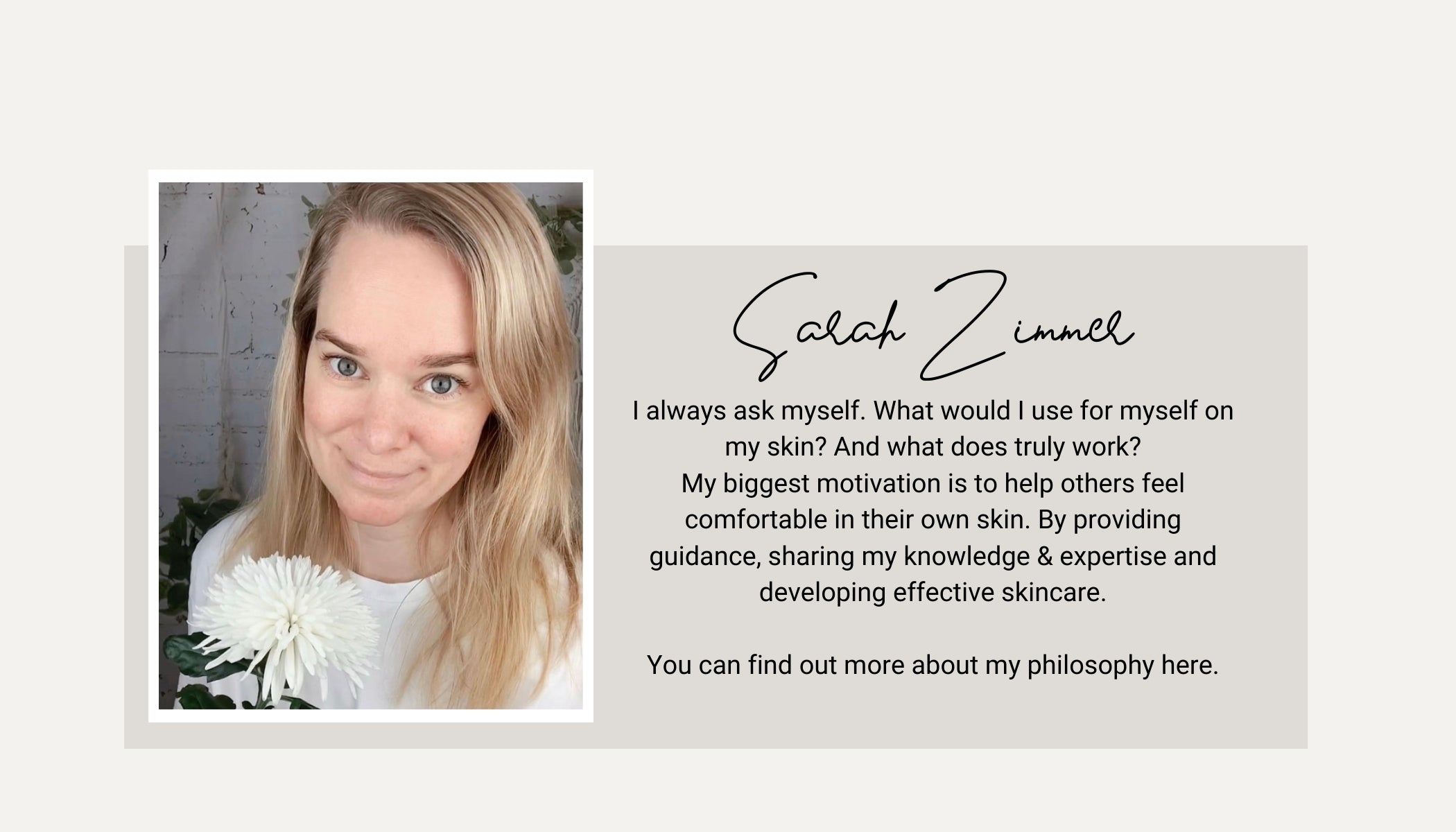Slugging - Der TikTok Trend und seine Risiken für die Haut
Slugging - Der neueste TikTok-Trend. Sollte man ihm folgen?
Ein neuer Beauty-Trend erobert die sozialen Medien: Slugging. Angeblich soll das Auftragen von Vaseline auf das Gesicht über Nacht zu strahlender Haut führen. Die Haut wird mit Vaseline intensiv mit Feuchtigkeit versorgt, was die Haut elastischer machen soll durch die hohe Feuchtigkeitszufuhr. Diese Technik stammt aus Korea und ist auch als "Slugging" bekannt. Das Ergebnis soll ein strahlender und klarer Teint sein.
Wir möchten jedoch einen genaueren Blick darauf werfen und dir raten, diesen Trend zu meiden und die Gründe zu entdecken, warum der TikTok-Trend sogar nach hinten losgehen könnte, insbesondere wenn du empfindliche Haut hast.
Was ist Slugging und ist es gesund?
Vaseline im Gesicht: Ist Slugging gesund? Laut dem Trend soll Slugging vorteilhaft sein, weil es die Haut mit Feuchtigkeit versorgt und ihre natürlichen Öle auffüllt. Obwohl Feuchtigkeit grundsätzlich gut für die Haut ist, scheint diese Methode einige Risiken zu bergen.
Damit unsere Gesichtshaut frisch und gesund aussieht, benötigt sie Feuchtigkeit, was nichts Neues ist. Dieser neue TikTok-Trend verspricht nun, die Haut über Nacht zum Strahlen zu bringen, mit dem sogenannten "Slugging". Beim Slugging (vom englischen "slug") wird die Haut mehrere Stunden mit einer dicken Schicht Vaseline befeuchtet.
Der Trend fand seinen Weg über TikTok in die Welt und ist mittlerweile nicht mehr nur Teil der sogenannten K-beauty (Koreanischen Schönheitspflege).
Aber was steckt dahinter?
Vaseline kann die Wärme-Regulation blockieren
Die Idee hinter Slugging ist, der Haut mehr Feuchtigkeit, Lipide und somit mehr Elastizität zu verleihen. Das Grundprinzip ist nachvollziehbar, aber es wird nicht so effektiv sein, wie man denken könnte. Laut Hautärzten darf man bei diesem TikTok-Trend nicht vergessen, dass die Haut ein Organ ist, das "atmen" muss. Und wenn wir "atmen" sagen, meinen wir nicht, dass es Sauerstoff aufnehmen muss. Wenn du die Haut mit Vaseline versiegelst, kann sie keine Feuchtigkeit abgeben, was eine ihrer Hauptfunktionen – die Wärme-Regulation – stört.
Einige TikTok-Videos preisen das als Vorteil an – schließlich benötigt die Haut Feuchtigkeit. Kann es also schlecht sein, wenn diese von der Vaseline eingeschlossen wird?
Du kannst dir das vorstellen, als würdest du eine Plastikfolie auf deine Haut legen. Feuchtigkeit kann nicht entweichen, und die Wärme-Regulation funktioniert nicht. Dadurch fängt die Haut an zu schwitzen, und ein Hitzschlag kann sogar auftreten.
Ich persönlich würde das Slugging nicht machen. NAYA Gründerin Sarah.
Anscheinend soll Vaseline die Hautregeneration anregen, aber die Haut kann nicht von außen zur Regeneration gezwungen werden. Vaseline ist ein hochmolekulares Produkt. Es bleibt einfach auf der Haut und versiegelt sie komplett. Das bedeutet, dass es dir kurzfristig Linderung verschaffen kann, aber auf lange Sicht mehr Schaden anrichten kann. Da es einfache Petroleumgelee ist, enthält es keine Vitamine oder Antioxidantien. Tiefere Probleme und Ursachen werden durch das Auftragen einer dicken Vaselineschicht nicht behandelt. Ganz im Gegenteil! Indem man die Ursache ignoriert, kann es sogar Probleme auslösen und verschlimmern.
Pickel und "starke Reizungen"
Auch wenn ein Wärmestau sicherlich eines der schlimmsten Szenarien ist, die beim Auftragen einer dicken Schicht Vaseline über Nacht auftreten können, kann es auch zu Hautreizungen kommen. Wenn du Pech hast und empfindliche Haut hast, kannst du durch das Luftentziehen Pickel bekommen. Während Vaseline ein hochgereinigtes Nebenprodukt von Erdöl ist, besteht sie im Wesentlichen nur aus Fett. Wer so viel Fett auf die Haut aufträgt, kann ölbedingte Akne entwickeln, eine Krankheit, die normalerweise nur bei ständigem Kontakt mit Mineral- und Schmierölen auftritt.
Manchmal wird in TikTok-Videos auch vorgeschlagen, Vaseline nach der Nachtcreme oder dem Serum auf das Gesicht aufzutragen. Abhängig von der Nachtcreme oder dem Serum kann dies jedoch auch "starke Reizungen" verursachen. Zum Beispiel, wenn du eine Creme mit Fruchtsäure verwendest, kann die Vaseline die Wirkung der Creme zum Nachteil deiner Haut verstärken. Die Wirkung der Fruchtsäure kann dann zu stark für die Haut werden und weitere Irritationen verursachen. Ein weiteres Beispiel wäre, wenn du auf einen Inhaltsstoff allergisch reagierst oder negativ darauf reagierst. Indem du das unter einer Schicht Vaseline versiegelst, kann diese Irritation sogar verstärkt werden.
Slugging auf unempfindlichen Körperstellen
Man kann nie sicher sagen, was mit der Haut unter der Vaselineschicht passiert, da Slugging eindeutig gegen die Anweisungen des Herstellers verstößt. Die Vorstellung, dass die Wirkung einer Gesichtscreme durch eine Schicht Vaseline verbessert werden kann, ist absurd. Besonders Menschen mit empfindlicher Haut sollten dieses Risiko nie eingehen, da das Gesicht einfach zu empfindlich für solche Experimente ist. Menschen mit sehr empfindlicher Haut, wie zum Beispiel bei Neurodermitis, vertragen oft keine extrem fetthaltigen Hautsalben wie Vaseline – der Hautzustand könnte sich verschlechtern.
Wer jedoch Slugging auf unempfindlicheren Körperstellen ausprobieren möchte, kann dies tun und eine Schicht Fett über Nacht auf den Füßen auftragen, um sie geschmeidiger zu machen und Rissen an den Fußsohlen vorzubeugen. Auch Ellbogen oder Knie sind relativ unempfindlich, aber anfällig für Trockenheit. Diese Körperstellen sind Bereiche, in denen du ein wenig mit Vaseline experimentieren kannst.
Slugging und die Umwelt
Die Umweltbelastung durch Vaseline in der Hautpflege hängt davon ab, wie sie produziert und entsorgt wird. Vaseline, auch Petroleumgelee genannt, ist ein Nebenprodukt des Erdölraffinerieprozesses. Sie ist nicht biologisch abbaubar und kann sich möglicherweise in der Umwelt ansammeln. Zudem roden wir weltweit etwa zehn Millionen Hektar Wald jedes Jahr. Das ist eine Fläche so groß wie Portugal jedes Jahr. Warum sollten wir ein Produkt kaufen, das zur Schrumpfung unserer wertvollsten Wälder beiträgt?
Vaseline oder Petroleumgelee ist kein natürlicher Inhaltsstoff. Es ist ein Nebenprodukt des Erdölraffinerieprozesses und stammt aus Erdöl, einem fossilen Brennstoff. Es wurde jedoch hochgereinigt, um Verunreinigungen zu entfernen. Ob es sicher in Kosmetika verwendet werden kann, ist immer noch umstritten. Aber warum sollte jemand etwas, das auf Rohöl basiert, auf sein Gesicht auftragen, besonders wenn es mit Abholzung verbunden ist?










Hinterlasse einen Kommentar